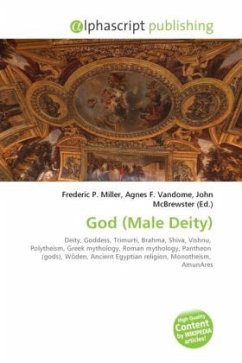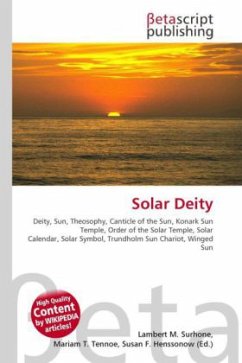God, as a male deity, contrasts with female deities, or "goddesses". While the term 'goddess' specifically refers to a female deity, words like 'gods' and 'deities' can be applied to all gods collectively, regardless of gender. They don't necessarily refer to male gods in specific. This article focuses on the last category. The most prominent triad of Hinduism, Trimurti (which can be seen as three aspects of the same god) is usually depicted as all male (Brahma, Shiva and Vishnu). In most polytheistic religions, both in history and in the present, male deities had the more prominent role. The Greek and Roman pantheon was ruled by Zeus and Jupiter, while W den had a similar role in the Germanic religion. When Ancient Egyptian religion developed closer to monotheism, it was Amun, a male god, who rose to the most prominent place. War gods were, like the rulers of the pantheon, typically male, too; Ares/Mars and Toutatis are obvious examples.
Bitte wählen Sie Ihr Anliegen aus.
Rechnungen
Retourenschein anfordern
Bestellstatus
Storno








